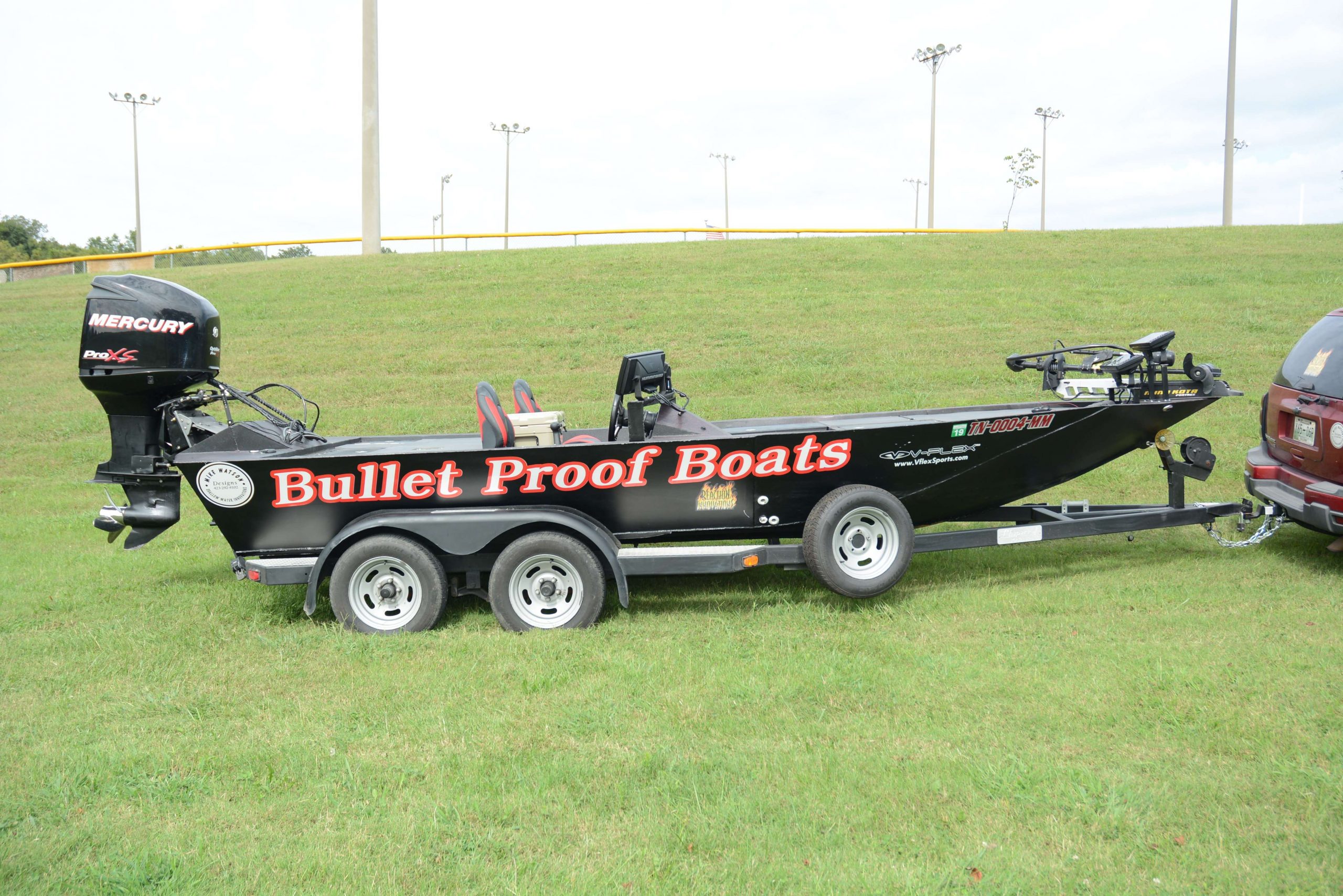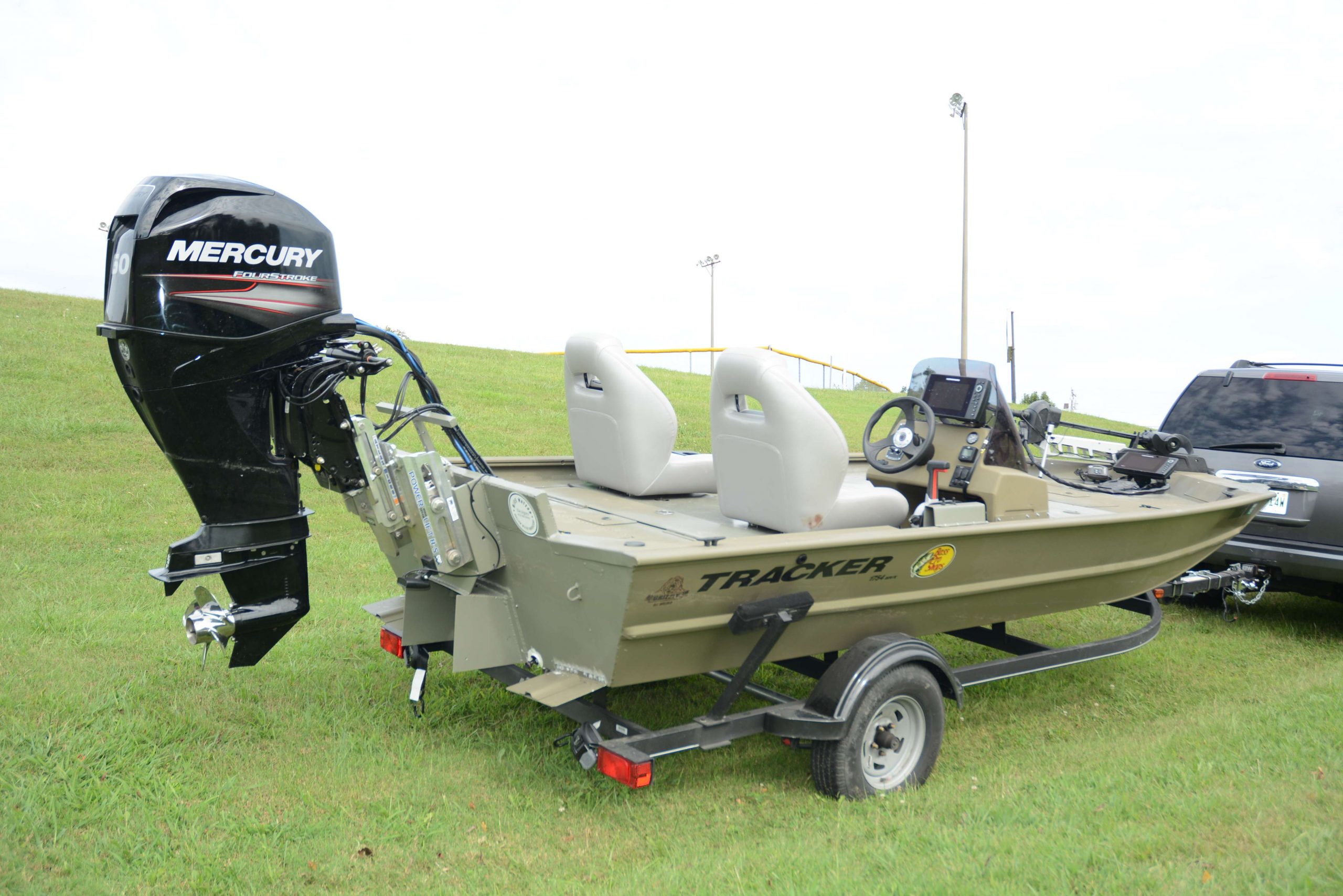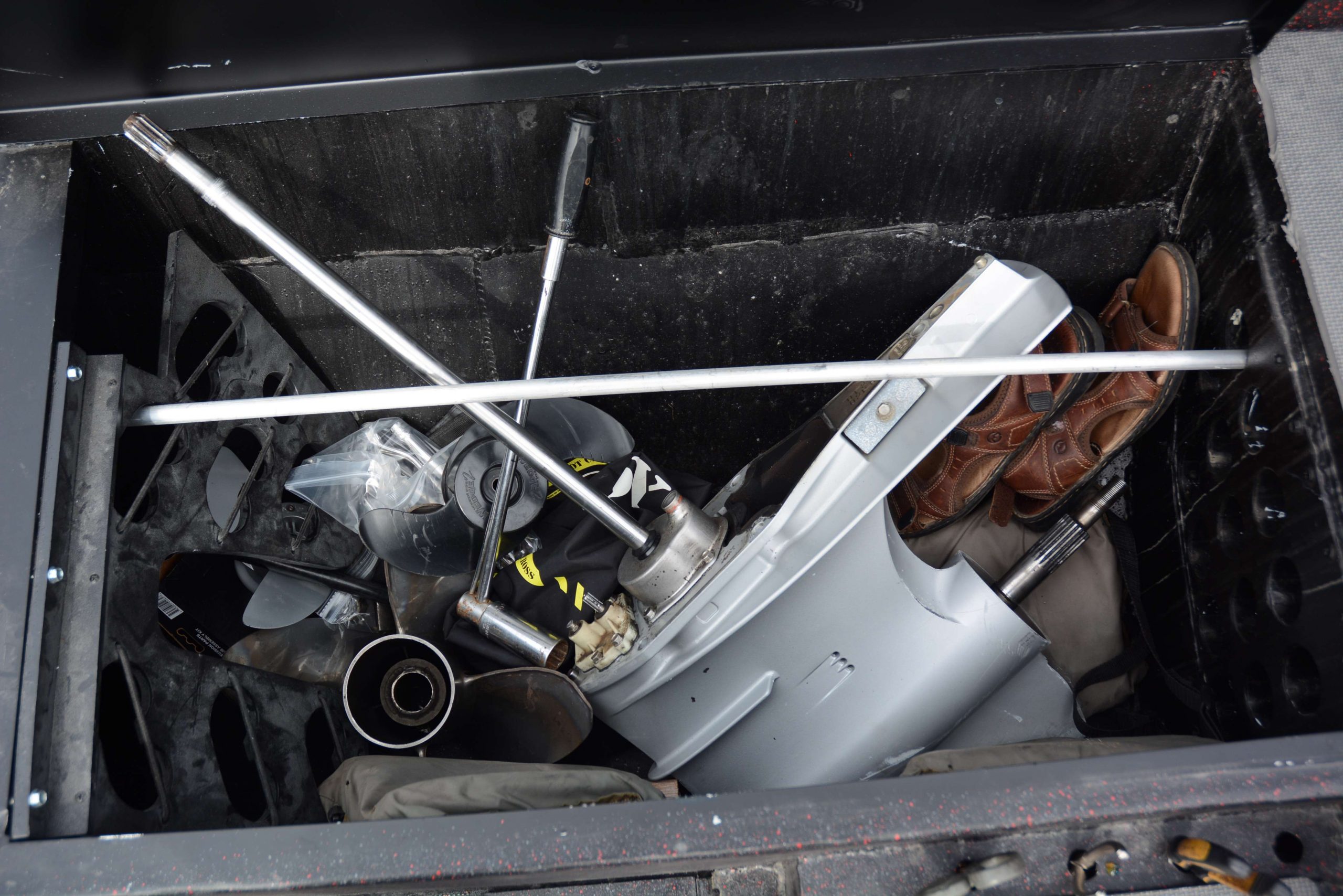
DANDRIDGE, Tenn. — In East Tennessee some anglers speak a peculiar language. It has nothing to do with fishing and everything to do with boating.
“Running the chute,” and “finding the seam” are common phrases spoken by this cult of anglers. The language, their boats and the style of bass fishing are unique.
Call it the tunnel hull culture of East Tennessee.
A different breed of angler belongs in this cult. One of them leads going into Championship Saturday at the Bass Pro Shops Bassmaster Northern Open. That angler is native East Tennessean Ott DeFoe, whose total weight is 34 pounds, 10 ounces.
Running across the lake is a necessary means of getting to the final destination. That is far upstream to the headwaters. Swift water runs through tight, meandering channels so narrow you could cast from end to end. Unpressured smallmouth fishing awaits those daring to make the run. There is plenty of it around, thanks to the Tennessee Valley Authority’s system of dams in the region.
Boat handling takes a special breed of angler. Turns are judged on missing by inches boulders eager to impale an aluminum boat hull. Coming off plane is not an option. Do that and get stuck on the rocks.
“Running the chute,” means throttling up and steering through narrow channels only inches deep, bordered by shoreline rocks. Some chutes are only slightly wider than an average boat beam.
What possesses this bunch of daredevils to risk boat and gear with every trip?
Let Mike Watson answer that question. He owns and operates Mike Watson Welding. People near and far seek him out when needing the right boat for this style of fishing.
“It’s not a dare but more necessity,” said Watson, of Bluff City. “We have phenomenal smallmouth fishing in our rivers and it goes unpressured most of the time.”
The reason is limited access to fiberglass boats. Rock and glass don’t mix and neither does the high performance handling of a conventional bass rig.

a dare.
“Tournament anglers have a need for speed and a tunnel hull isn’t built to go fast,” explained Watston. “Then the same guy wants a boat that will run as shallow as possible to go where nobody else can.”
That was the tall order issued by DeFoe. Watson answered the call with a boat that can run in about 3 inches of water, while gaining up to 8 mph in top-end speed with the tunnel closed. Watson spent around 400 hours to make that happen.
DeFoe proved where the big rigs couldn’t go also had superb, unpressured largemouth fishing. He won the 2014 Open on Douglas fishing from a tunnel hull. He was alone in the upper reaches of the French Broad River, where his biggest fish were largemouth.
When running across the lake the tunnel is closed to create a flat running surface. A 250 horsepower Mercury Pro XS powers Watson’s rig; DeFoe runs a 60 horsepower Mercury FourStroke. Watson will win the race up the lake, but DeFoe will pass him where it matters the most.
“In some of the places we are fishing up the French Broad you almost have to make 90 degree turns to maneuver the shoals,” admitted Watson.
“When the tunnel is open you are pretty much on the ragged edge of steering the boat, and that’s where a smaller boat has the edge.”
Running the length of the hull centerline is the tunnel. When opened up water is drawn into the tunnel and forced out to create hydrostatic lift of the hull. Water exits in a plume at the stern and that is where the magic happens.
“The key is getting undisturbed water to the prop,” added Watson. “The farther back the motor is from the transom, the better, so the prop can get a bite in that water.”
How that happens is a fine-tuned setup of integrated hull setback plates and hydraulic lifts. Most anglers max out the latter option with two separate hydraulic lifts.
The driver adjusts both hydraulic lift plates and the outboard trim to maximize running speed and boat depth. There are no gauges to monitor. It’s more like flying a small airplane.
“You are driving by feel, by the seat of your pants,” added DeFoe.
The ride up is better than coming back. Heading upstream the driver can steer around the downstream current breaks created by individual rocks. The hull gets a firmer bite for better boat control. Going back all that is lost. The boat is harder to steer and visibility is reduced.
Still it’s all worth it. The allure of having unpressured access to trophy smallmouth water is a risk worth taking. In some remote waters there are no tournaments or publicity. Back in the glory days catching 100 smallmouth was common.
Watson can fabricate a boat or tunnel hull to fit the needs of anyone. He wanted a “bullet proof” boat and made the sides and hulls using 3/16-inch aluminum. A 35-gallon livewell is amidships for better weight distribution.

What’s really cool is the rod locker. He specifically designed it to accommodate a full gear case. Just in case. And those flip-flops in the photo? Those are to wear in case going overboard to change a prop or give the boat a shove off a rock are necessary.
Its all part of the tunnel hull culture of East Tennessee.
Here are details of the boats in use by DeFoe and Watson.
(Editor’s note: Check back next week for a photo gallery with close ups of the boats used by Ott DeFoe, Mike Watson and Skylar Hamilton.)
Ott DeFoe
Model: 2018 Tracker/Grizzly 1754 SC
Power: 60 horsepower Mercury FourStroke; SeaStar Hydraulic Steering System
Trolling motor: Minn Kota Ultrex 112
Electronics: Humminbird Helix 9 (console and bow); Hydrowave
Hydraulics: TH Marine Atlas Micro Jacker; TH Marine CMC Power-Lift
Batteries: Lithium Pros cranking battery; 3 more for trolling motors
Accessories: Minn Kota DH 40 Deckhand electric anchor winch; TH Marine livewell timer and re-circulating systems.
Special feature: To lighten the load he replaced the factory fuel cell with an 18-gallon portable tank. For comfort he replaced the factory bucket seats with plush, ergonomic seats from a Nitro Z21.
Mike Watson
Model: Bullet Proof Boats; 21′ 6″ with 102″ beam
Weight: 1,500 pounds
Outboard: 250 horsepower Mercury Pro XS; hydraulic steering
Fuel capacity: 47 gallons
Electronics: Humminbird Helix 12 Mega Si Sonar/GPS G2N Chartplotter (console); Two Helix 10 Si GPS units at bow
Trolling motor: Minn Kota Fortrex 112
Special feature: Rod box holds 15 rods, a gear case, spare prop and tools

